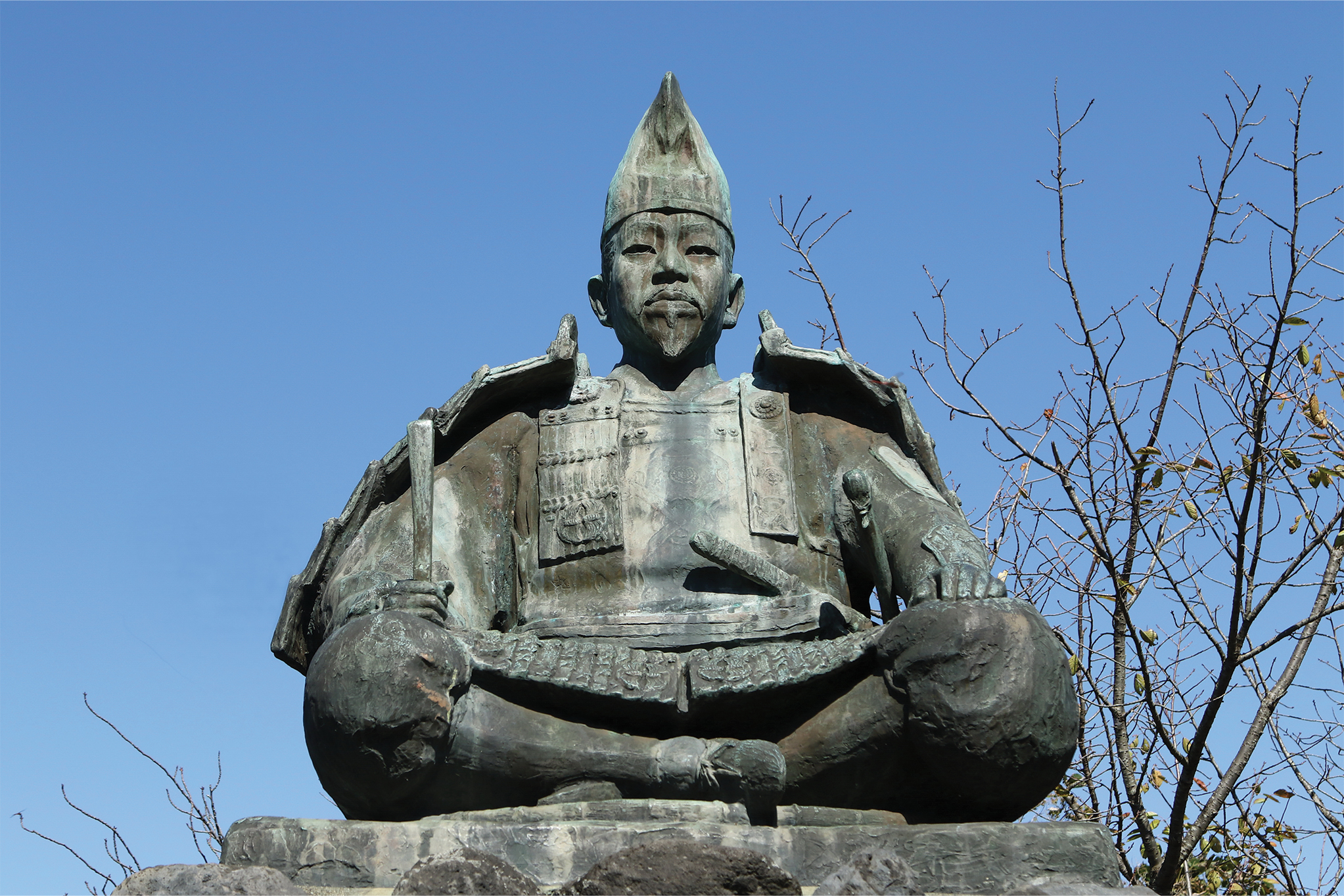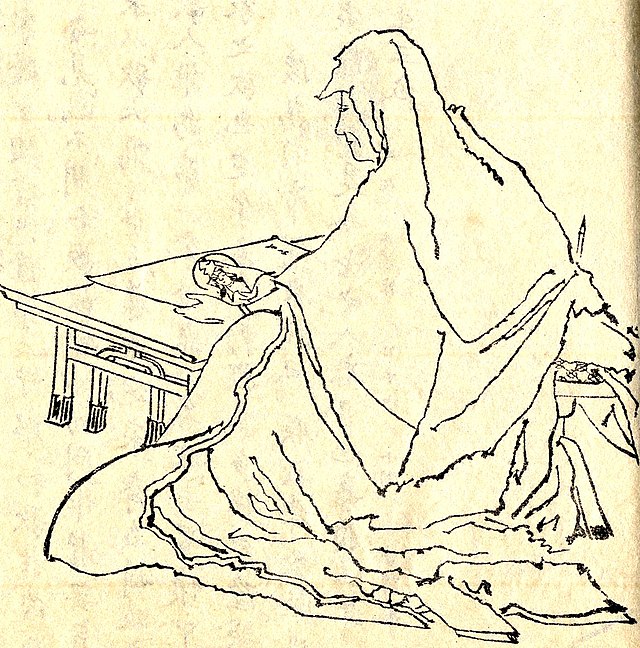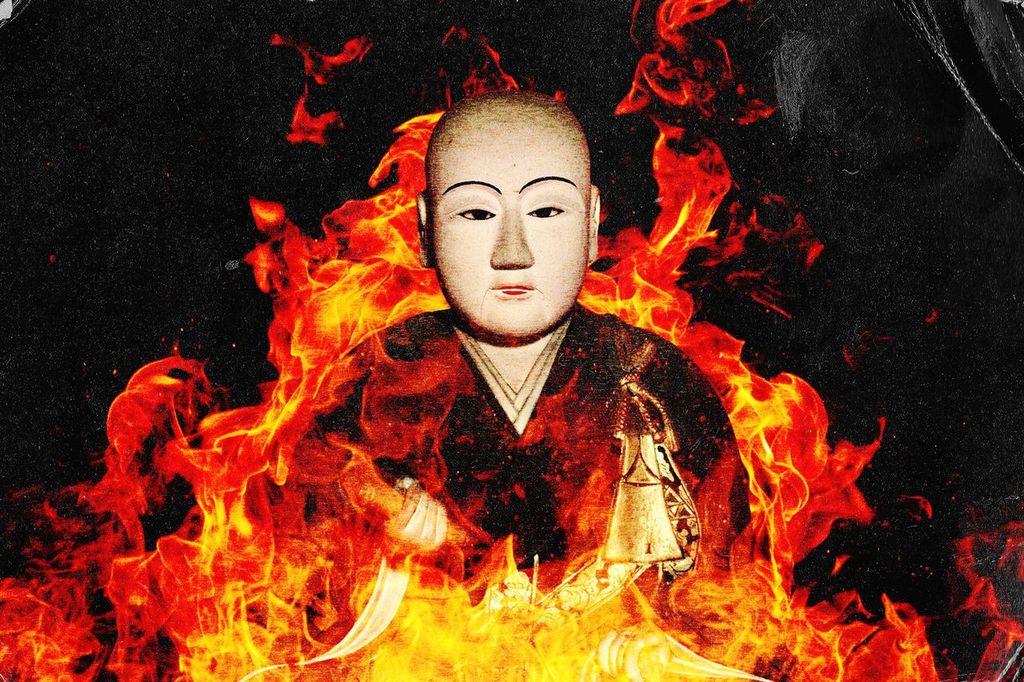Minamoto Yoritomo (1147–1199) was the first military ruler of Japan, who elevated the samurai class, created the Kamakura shogunate and raised mighty armies to battle his enemies. His successors weren’t nearly as impressive, though. His son Yoriie barely served as shogun for two years, while Yoriie’s replacement and brother, Sanetomo, was little more than a powerless figurehead. There was a reason for that: though Yoriie and Sanetomo held the shogun title that the Hulu and Disney+ miniseries with Hiroyuki Sanada centers around, the real non-imperial power over Japan after Yoritomo’s death actually rested in the hands of Hojo Masako, Yoritomo’s wife, who came to be known as the “nun shogun.”

Minamoto Yoritomo, Japan’s first Shogun
An Early Life Straight Out of a Blockbuster Movie
Hojo Masako came from a minor landowning family in Izu Province (around modern-day Shizuoka Prefecture) but got a chance to leave her mark on history after her father, Hojo Tokimasa, took in a political exile from Kyoto: a charismatic young man named Minamoto Yoritomo. As the two grew up together, they fell in love and escaped to a mountain temple until Masako’s father agreed to the match. He had chosen wisely.
After depositing Masako and their young daughter, Ohime, in the care of warrior monks, Yoritomo got to work. Choosing the village of Kamakura as his base, he began giving away land for oaths of loyalty, creating a system of direct and indirect retainers and basically inventing Japan’s feudal system, with himself on top.
Suddenly, Masako found herself the woman behind the man, and she wasn’t willing to share that power. So when she heard rumors that Yoritomo had a mistress, she organized a group of warriors to burn the mistress’s house down. There are no records confirming this, but we can assume that she then stared unblinkingly at the roaring fire while muttering, “Yeah, you better run,” to the woman, who barely escaped the blaze with her life.

Consolidating Power, First for the Hojo, Then Herself
Yoritomo died in 1199, allowing Yoriie to inherit the title of shogun. What he did not inherit was his mom’s aversion to sharing power, as he quickly aligned himself with his father-in-law, Hiki Yoshikazu, and the rest of the powerful Hiki clan. Legend goes that Masako overheard them plotting one night and helped organize a campaign against the Hiki that annihilated the clan and made Sanetomo shogun. Masako made sure to keep an eye on him to ensure that military power over Japan stayed with the Hojo family. Unfortunately, the Hojo family itself wasn’t exactly a united front.
For two years, Masako’s father, Tokimasa, ruled Japan as regent, until Masako and her brother Yoshitoki deposed him in their favor. For the next 15 years, Masako and Yoshitoki ran the country through shrewd political maneuvering and playing their enemies against each other. Because Masako was viewed as her brother’s equal — basically unheard of at the time — and because she’d shaved her head in a Buddhist ceremony shortly after overthrowing her father, she became known as the “nun shogun,” one of a handful of women who held actual political power over all Japan.
Masako’s Braveheart Moment
After the assassination of Sanetomo, Masako and Yoshitoki tried to make one of Yoritomo’s distant relatives the new shogun. The retired Emperor Go-Toba used this as an excuse to proclaim Yoshitoki a usurper and declared war on him. He specifically did not mention Masako, possibly not seeing her as a threat. He had chosen poorly.
It may be apocryphal, but the story goes that one of the reasons why different samurai clans rallied under Yoshitoki against the emperor was because of a speech that Masako gave. Full of calls to action and poetic descriptions, her oration seems to have done the trick. The united Hojo army defeated the forces of Go-Toba with ease.
Hojo Masako: Feminist Hero or Heartless Monster?
History has not been kind to Hojo Masako. Early sources seemed to have nothing but praise for her and her indomitable spirit — that or the armies that could easily burn down her enemies’ houses. But later historians vilified her as a ruthless egoist who sacrificed her children for the Hojo’s political gain. Even the excellent Yasuke anime (2021–2022), a sci-fi retelling of the story of the only black samurai in history, made Masako a villain by turning her into an evil sorceress. (It’s worth noting that being villainized is a price many of Japan’s great unifiers sometimes pay.)
So, who exactly was Hojo Masako? It’s hard to answer that without a time machine, but we have to acknowledge that powerful women tend to make historians uneasy; it’s why Catherine the Great is still associated with an entirely fabricated horse story. Plus, we have historical proof that Hojo Masako had a heart.
At one point, Masako took in the son of Minamoto Yoshinaka, her husband’s cousin. Masako was reportedly taken with the boy, Yoshitaka, and planned for him to marry her daughter, Ohime, as the two seemed to love each other. Unfortunately, Yoshinaka eventually became Yoritomo’s rival and was labeled a traitor. Honor demanded that the young Yoshitaka die.
Masako pleaded with her husband for Ohime’s sake, even helping Yoshitaka escape. But he was eventually captured and executed. Some sources claim that Masako’s anger with Yoritomo was such that he apologized by ordering the execution of the man who killed his would-be son-in-law. Not exactly a feel-good fairy tale but enough to show that Hojo Masako wasn’t the monster history sometimes makes her out to be.









